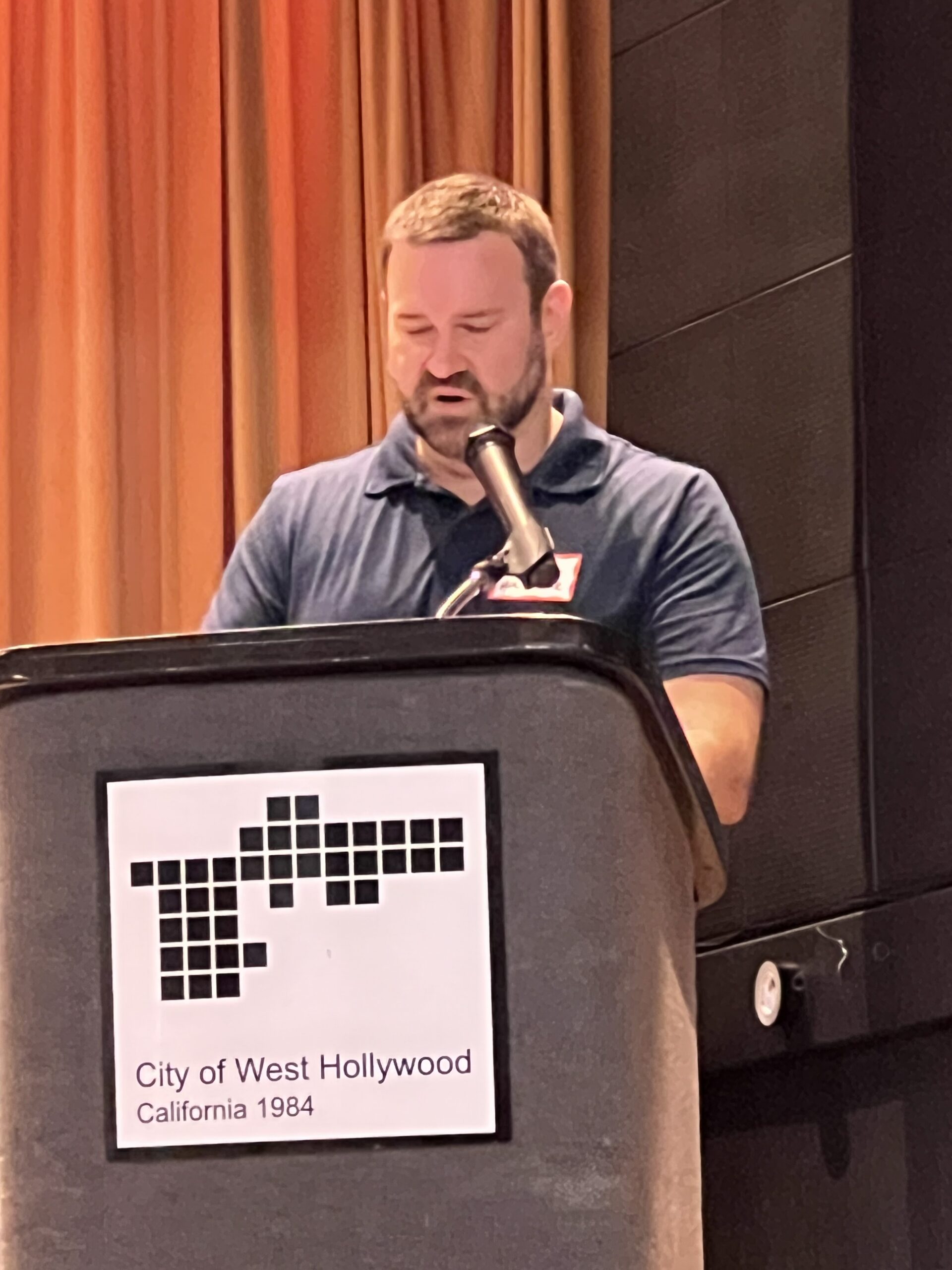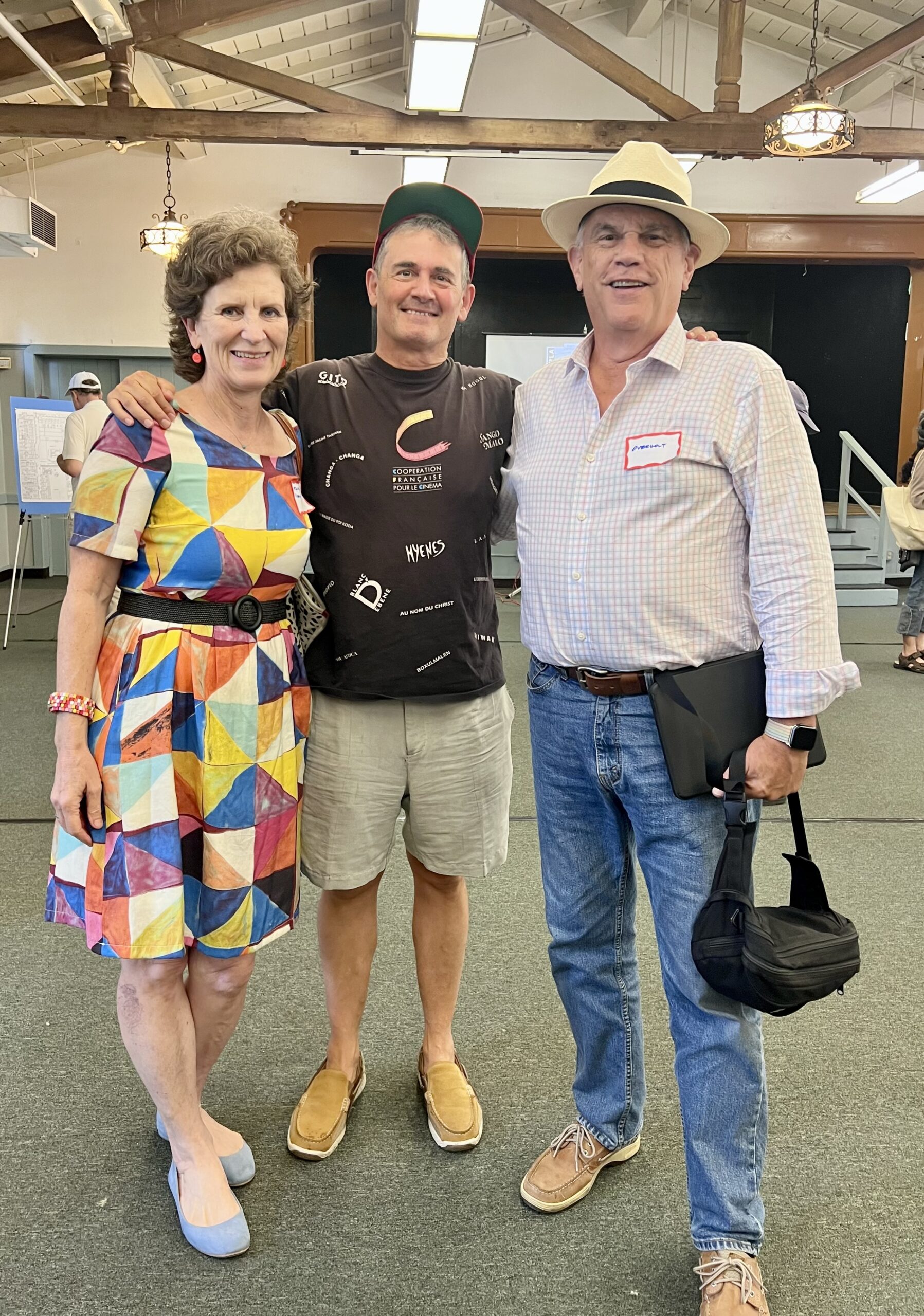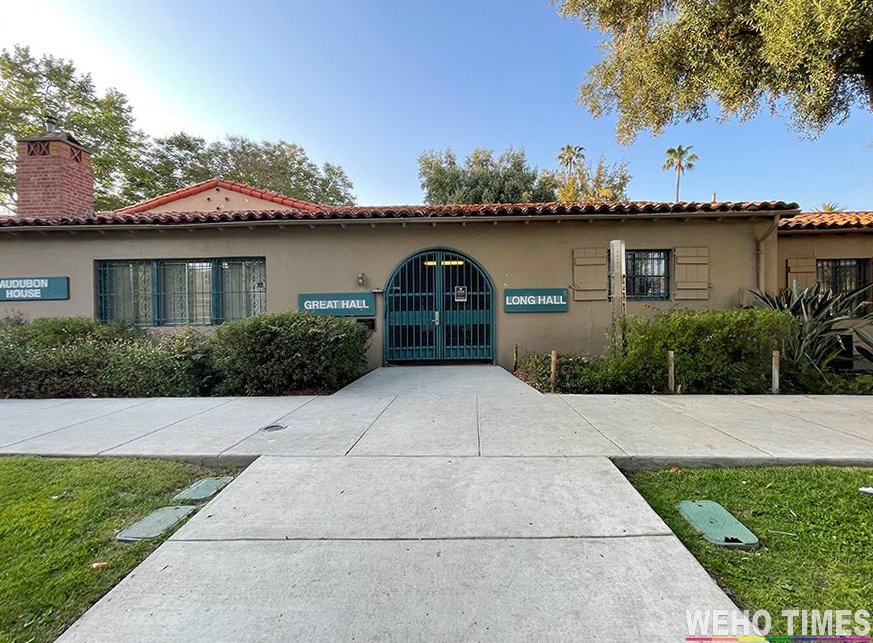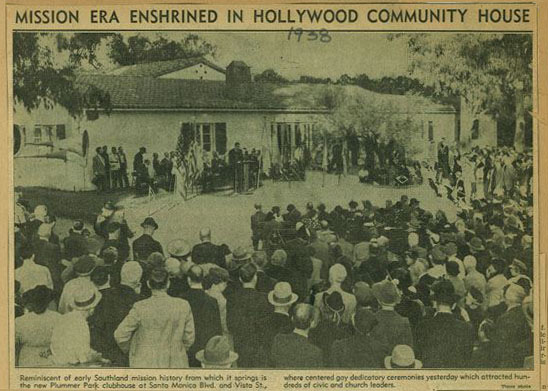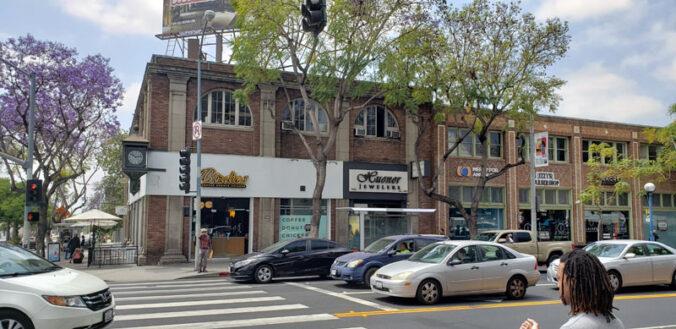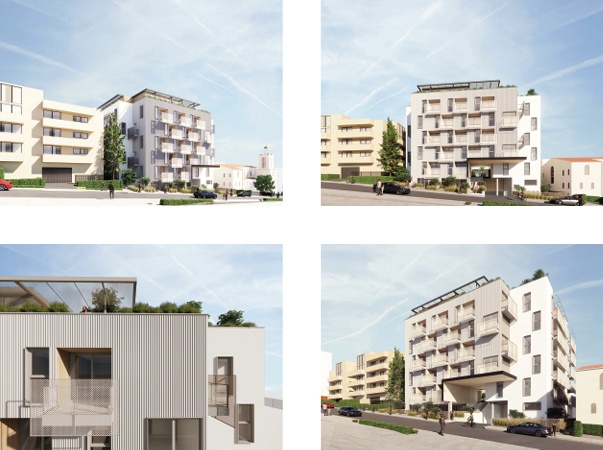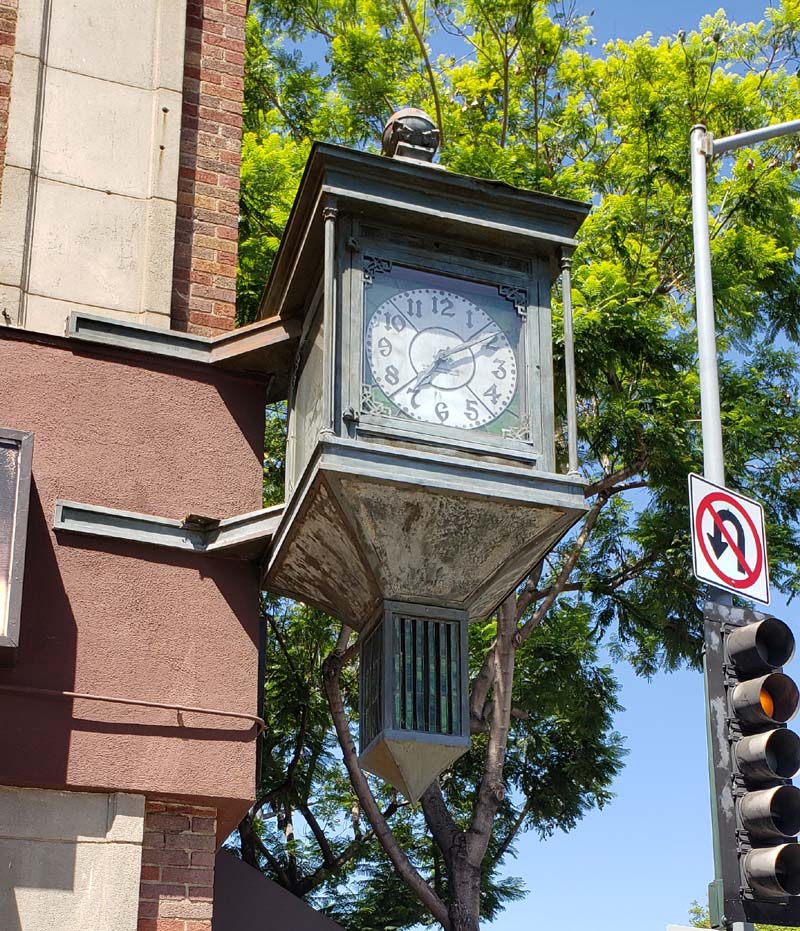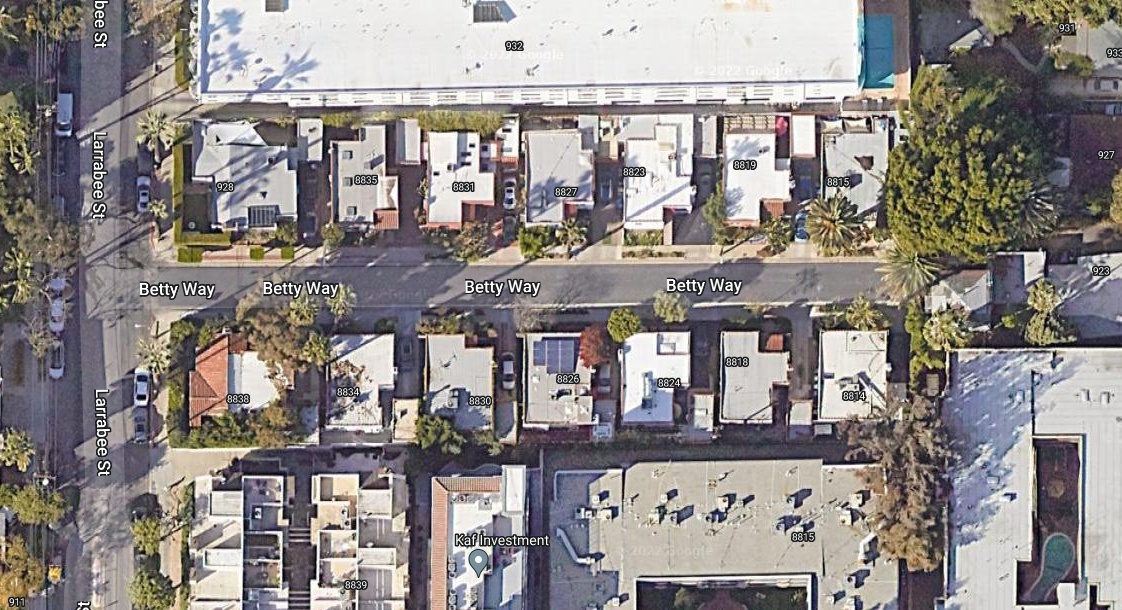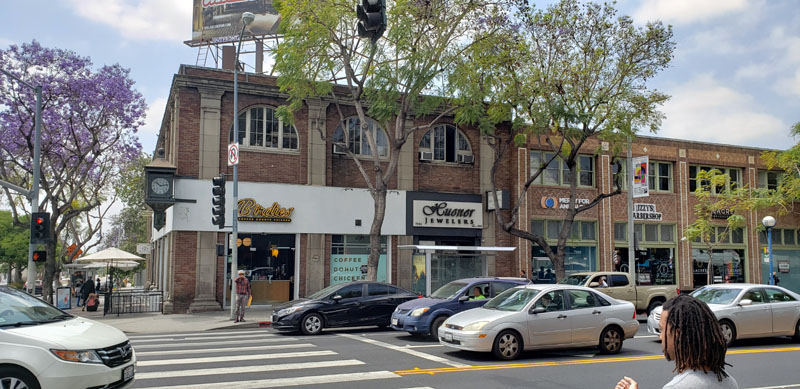
Carolwood Apartments
Nestled along a sloping block in a park-like setting just south of the Sunset Strip stand the four distinctive Carolwood Condominium buildings at 1033 Carol Drive in West Hollywood. Conveying a modernistic sensibility embellished by redwood and brick features and plentiful open space and crisscrossed walkways, the Carolwood complex arose a half-century ago and is now up for historic designation in West Hollywood.
The West Hollywood Preservation Alliance (WHPA) has reviewed the nomination documents and urges the Historic Preservation Commission at its October 14 hearing to approve city staff’s recommendation that the City Council bestow local cultural resource designation for this architecturally significant condominium complex.
Comprised of four buildings of varying height reflecting respect for the environmental movement that arose in the 1970s, Carolwood retains all 7 aspects of integrity considered important before historic designation is bestowed. The nomination package prepared by Architectural Resources Group (ARG) on behalf of the Carolwood Homeowners Association presents a persuasive case.
ARG’s case is further buttressed by another professional firm – GPA Consulting – that has been conducting a survey of West Hollywood’s multifamily residential buildings. The draft survey results now available online reveal that Carolwood merits an official code of “5S3” which means it “appears to be individually eligible for local listing or designation through survey evaluation.” That determination further solidifies the case for Carolwood to be actually designated as a local cultural resource in West Hollywood.


